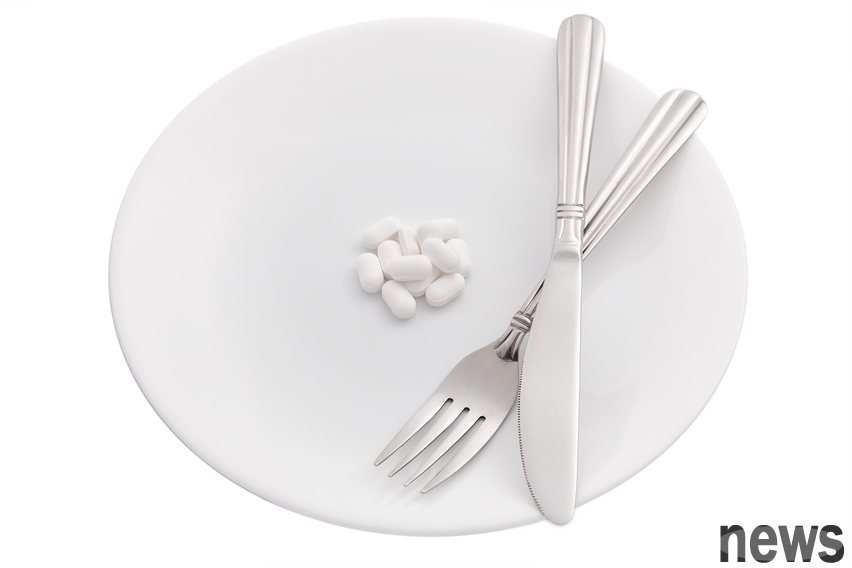Reader Ady used this website's contact with me on May 12, 2024 to inquire: Hello Professor Lin . I would like to teach you about neurotic acid. Neuroacid, Nervonic Acid in English. Question 1: Can oral neuroacid be used to repair the sucked nerv...

Reader Ady used this website's contact with me on May 12, 2024 to inquire: Hello Professor Lin
. I would like to teach you about neurotic acid. Neuroacid, Nervonic Acid in English. Question 1: Can oral neuroacid be used to repair the sucked nerves? Question 2. Is it true that the merchant claims that there are only neurotic acid in the seeds of the sausage and primordial trees? Or do many foods have neurotic acid?I will answer question 2 first. My main
Neuric acid is a long chain and fatty acid. It was first separated from the squid brain by the Japanese Dr. Mitsumaru Tsujimoto (1877-1940) in the 1920s, so it is also called squid oleic acid.
Although "neurological" means that neurotic acid is a fatty acid unique to animals, in fact, neurotic acids naturally occur in microorganisms, algae, and plants. This page even lists up to 200 daily foods containing neuroacid.
Yuanbao tree (also known as Yuanbao maple) is Acer Truncatum. The oil content of its seeds is about 46%, and about 5% of them are neuroacid. But this is far inferior to another plant called "garlic fruit".
The academic name of "garlic fruit" is Malania oleifera. The oil content of its seeds is about 66%, and about 61% of them are neuroacid. In other words, the neuroacid content of the "garlic fruit" seeds is about ten times that of the seeds of Yuanbao tree.
Yuanbao tree and garlic fruit are native to China, and perhaps because of this, about half of the research papers on neuroacids are from China. (Note: The above two articles are from China)
Although the seeds of primordial tree and garlic fruit are rich in neurotic acid, due to long-term cycles, environmental and climate sensitivity, and uncertain seed production (also, some people on the Internet say they are Chinese national trees and are protected), the main source of neurotic acid at present is genetically modified yeast (Yarrowia lipolytica). This technology is also invented in China. Please see:
2023: High-level production of neuronic acid in the oleaginous yeast Yarrowia lipolytica by systematic metabolic engineering (De novo synthesis of neuronal acid and optimization of metabolic regulation by Yarrowia lipolytica (head synthesis and symptom optimization of Yarrow's lipolytica neurotic acid)
OK, I'm now answering question 1 "Can oral neurotic acid be able to repair the sucked nerves". Please first read these three latest research papers (all from China):
2023: Analysis of the Improvement Effect of Nervonic Acid Extracted from Xanthoceras Sorbifolium Bunge Oil on Antioxidant Response and Inflammatory Response in Parkinson’s Disease (Analysis of the Improvement Effect of Nervonic Acid Extracted from Xanthoceras Sorbifolium Bunge Oil on Antioxidant Response and Inflammatory Response in Parkinson’s Disease (Analysis of the Improvement Effect of Nervonic Acid Extracted from Xanthoceras Sorbifolium Bunge Oil on Antioxidant Response and Inflammatory Response in Parkinson’s Disease (Analysis of the Improvement Effect of Nervonic Acid Extracted from Xanthoceras Sorbifolium Bunge Oil on Antioxidant Response and Inflammatory Response in Parkinson’s Disease (Analysis of the Improvement Effect of Nervonic Acid Extracted from Xanthoceras Sorbifolium Bunge Oil on Antioxidant Response and Inflammatory Response in Parkinson’s Disease (Analysis of the Improvement Effect of Nervonic Acid Extracted from Xanthoceras Sorbifolium Bunge Oil on Antioxidant Response and Inflammatory Response in Parkinson’s Disease (Analysis of the Improvement Effect of Nervonic Acid Extracted from Xanthoceras Sorbifolium Bunge Oil on Antioxidant Response and Inflammatory Response in Parkinson’s Disease (Analysis of the Improvement Effect of Nervonic Acid Extracted Conclusion: Neuroacid is an antioxidant and anti-inflammatory chemical substance that shows promising results in Parkinson's animal and cell models.
2024: Nervonic acid alleviates MPTP-induced Parkinson’s disease via MEK/ERK pathway (Nervonic acid resolves MPTP-induced Parkinson's disease through MEK/ERK pathway). Abstract: Oxidative stress and neuronal injury are the main causes of Parkinson's disease (PD). This study mainly explores whether NA participates in the regulation of oxidative pressure and apoptosis in the mouse model of MPTP-induced cellular models and MPP-induced cellular models. Through behavioral testing, we demonstrated that MPTP-induced dysfunction in mice can be recovered through NA treatment.
2024: Dietary Supplementation with Nervonic Acid Ameliorates Cerebral Ischemia-Reperfusion Injury by Modulating of Gut Microbiota Composition-Fecal Metabolites Interaction (Dietary Supplementation Neuroacid interacts with stool calcifiers to improve brain ischemia-Reperfusion injury). Abstract: Brain ischemia and reperfusion (IR) injury is the leading cause of death and death worldwide. Neuroacid (NA) is a biologically active, long chain and fatty acid, which has a very important meaning in human physiological health. ……This study established a rat brain IR injury model by inducing brain closure, and comprehensively evaluated the efficacy effects of NA pretreatment. ……Our research results strongly support the ability of neuroacid to improve neurologic injury in rats with brain IR injury.
From these three articles, it can be seen that oral neurotic acid can repair the sucked nerves, but this kind of experiment is made using animal (mouse) models. In other words, there are no clinical trial results conducted in human patients.
Original text: Can neurotic acid repair the nerves?Responsible editor: Gu Zihuan